There are some cities you just need to visit when you’re in Europe, because they’ve played such a huge role in shaping the continent throughout the ages. Rome is one of them. Few historic tourist destinations can compete with Italy’s capital, often called the “Eternal City” and once home to a massive empire. In fact, the remains from those days are some of the best places to visit in Rome.
But Rome has even more to it than ancient landmarks. A good trip here takes you through the history, culture, religion, and beauty of the city, and everyone leaves with their own favorite thing about it. To show what you can look forward to for your visit, this Rome itinerary will walk you through all you can see by exploring Rome in three days.
Best Time to Visit Rome
With its rich history, it’s little surprise that Rome has always been a popular tourist destination. As with any place that sees a lot of tourists, deciding the best time to visit Rome can be a challenge, because you want to enjoy pleasant weather but also avoid the biggest crowds – and with Rome’s popularity, those crowds can be pretty intense.
Rome is undeniably busiest in July and August, when summer weather meets peak tourist numbers. If you visit in mid-to-late spring instead, you’ll still have great walking-around weather, while the crowds and lines are more manageable. Think twice before visiting Rome close to Easter, though, as the city is exceptionally busy on this Christian holiday.
Shoulder season in general is a pretty good idea. September and October often offer lower room rates, which might be worth the occasional rain.
Actually, Rome is a pretty good place to visit in winter too, as it doesn’t get downright freezing and there are far fewer tourists around. With Rome being such a major city, most of its attractions are still open in the offseason.
How to Get Around Rome
Without looking at a map, many people would be surprised to learn just how large and sprawling Rome is. Even just focusing on the ancient city center, you could walk for miles to get between two major attractions. If you choose to walk everywhere, it might take up most of your long weekend in Rome. While walking is a great way to see a city, it never hurts to get a little help.
farther afield. Between the metro, buses, and trams, you should be able to get anywhere you need. The metro centers on the Roma Termini Station, with two lines and an express train to Fiumicino International Airport (FCO). There is also a shuttle bus that connects the city center to the airport. You can buy a ticket for the airport shuttle here.
A general ticket works on buses, trams, and metro trains. The cheapest ticket costs €1.50 (about $1.64) and is good for one metro ride up to 75 minutes. You can also purchase tickets good for one, three, or seven days from metro stations and kiosks around the city.
Recommendation: See the sights of Rome at your own pace with a hop-on hop-off bus tour. With bus access to two loops in the historic city center, you can visit sites such as the Spanish Steps, the Vatican Museums, and the Colosseum. You can buy your hop-on hop-off bus ticket here.
Where to Stay in Rome
With so many attractions spread out around this big city, working out where to stay in Rome can be difficult. As a major tourist destination, Rome offers thousands of accommodation options, covering all budgets and travel styles. For the best rates and selection, you should book well in advance, or your decision might be made for you based on what’s left.
As for the best places to stay in Rome, the location can make all the difference. You don’t want to spend all your time on buses and trains, so it’s ideal to stay somewhere central. This could mean staying right in the city center near the Pantheon or Colosseum, but the far side of the Tiber River is also a great spot. Trastevere is a cool neighborhood full of restaurants and nightlife, while the Aurelio and Prati areas can be great value for money.
Among Rome’s many luxury options, your visit is bound to be special with a stay at the Roma Luxus Hotel. This five-star hotel behind Trajan’s Market is ideally located for sightseeing. It also has stylish rooms and a great breakfast buffet to start your day.
For a comfortable and affordable home away from home, check out My Bed Vatican Museum. This guesthouse combines a great location right outside Vatican City with clean rooms and welcoming owners.
There are also a ton of beautiful apartment rentals on Airbnb worth checking out. For recommendations, take a look at our list of the best Rome Airbnbs.
If you need backpacker or budget accommodations, Rome has you covered with great hostels. The Beehive is sure to please with its welcoming, laid-back atmosphere and stylish design. For more recommendations, see our guide to the best hostels in Rome.
For more accommodation options in Rome, check out Booking.com. This site consistently offers the best rates, and its customer service is on point.
The Perfect 3-Day Rome Itinerary
Rome is the kind of place where you can easily fill a few days with sightseeing. The challenge is fitting it all into 72 hours in Rome. This itinerary will take you through the city’s most famous attractions, so you will look back and know that you’ve seen all the cherished icons. From the sights of Vatican City to neighborhoods like Trevi, Ponte, and Sant’Angelo, you’ll get to see the very best of what Rome has to offer.
However, before we get to our Rome itinerary and the best places to visit in Rome, we just wanted to remind you to purchase travel insurance. You never know what will happen and, trust us, you do not want to get stuck with thousands of dollars in medical bills. As a wise man once said, “If you can’t afford travel insurance, you can’t afford to travel.” So don’t leave home without it.
SafetyWing offers travel insurance for only about $10 a week, making it a no-brainer to get. You can get a quick, non-binding quote below:

SafetyWing is, of course, not the only option available. Two other popular alternatives are World Nomads and Heymondo.
With that important detail sorted, let’s get to our Rome travel itinerary! Here’s what to do in Rome in three days for an awesome time.
Rome Itinerary: Day 1
There’s no point wasting time once you’ve arrived in Rome, so you’ll start your visit seeking out the best things to do in Rome at the heart of the ancient city center.
Via dei Fori Imperiali
While it may seem like an unusual place to begin your visit, it’s a great idea to start with the grand avenue of Via dei Fori Imperiali. As you start near Piazza Venezia and make your way down this long thoroughfare, you’ll see countless ancient landmarks on both sides.
First, you’ll likely spot Trajan’s Forum on the left, with column after ancient column standing in front of the crumbled, curving remains of Trajan’s Market. This huge multi-story ruin of an ancient shopping market gives you an insight into just how developed life was in ancient Rome.
While you could stay on this one side and follow the open-air ruins, be sure to cross Via dei Fori Imperiali and visit the fascinating archaeological sites on the other side as well. This is where you’ll get your first glimpse of the Roman Forum.
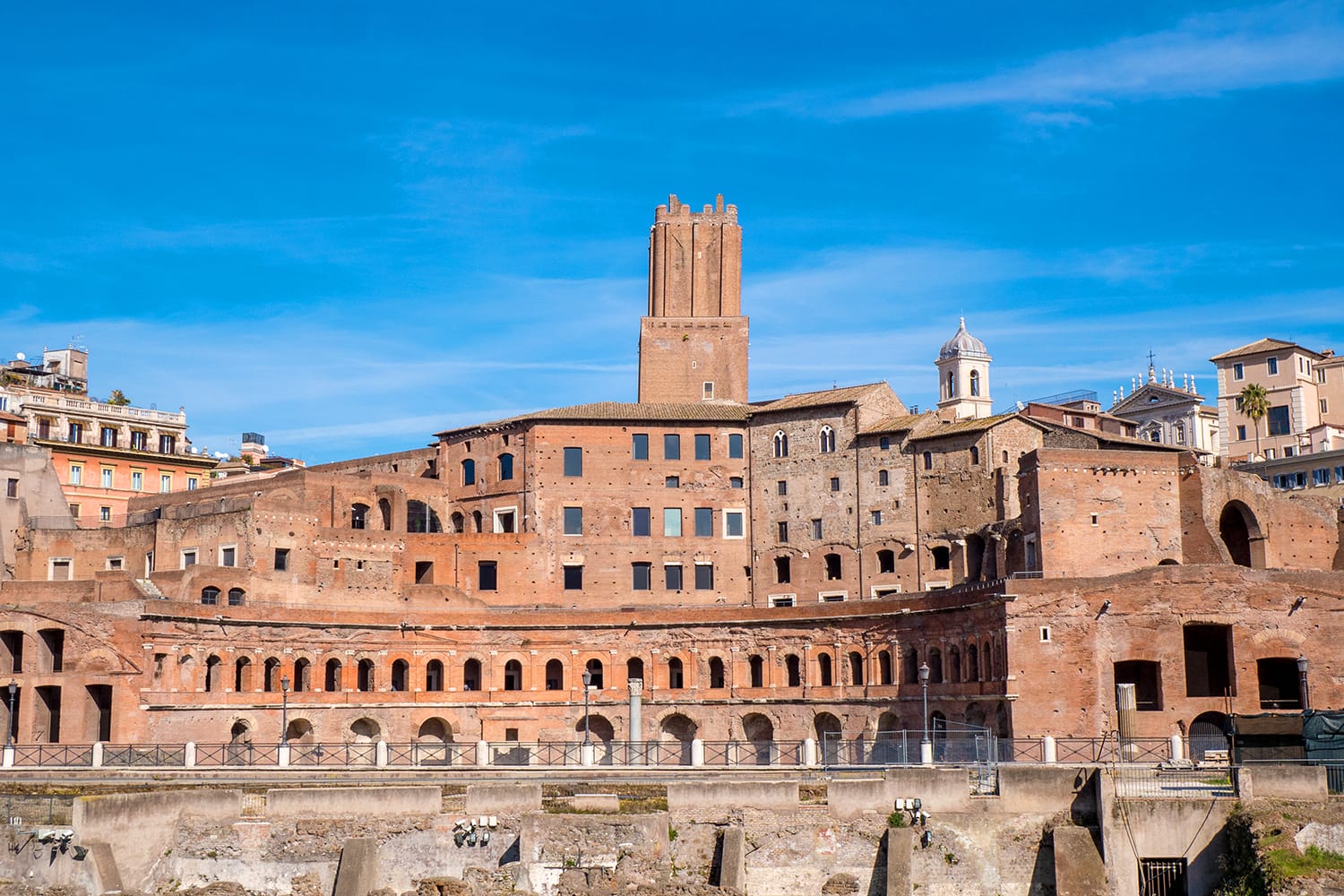
Colosseum
Walking down the road, you’ll start making out the details of Rome’s most famous landmark, the ancient Colosseum. This instantly recognizable amphitheater is always on the bucket list of first-time visitors to Rome, as it’s both breathtakingly massive and surprisingly well preserved. It’s hard to believe it was built almost 2,000 years ago.
You’ll need a ticket to go inside the Colosseum, which is best to buy in advance. (unless you like standing in long lines). Once inside the amphitheater, you can walk around the stands, imagining what it was like to be a spectator as gladiators fought to the death below. Special tickets are required to venture down to the Gladiator’s Gate and tunnels, as well as the upper tiers of the stands with city views.
Check out our detailed guide on how to get Colosseum tickets and skip the long lines.
Before you head away from the Colosseum, walk a lap around the outside, simply to appreciate the sight of it in its entirety and find some different photo angles.
Recommendation: Unless you’re well versed in Roman history, you’ll have the best experience if you book a guided for the Colosseum and the Roman Forum. Visiting ruins is so much better with a knowledgeable guide who can explain what you’re looking at and fill you in on historic events.
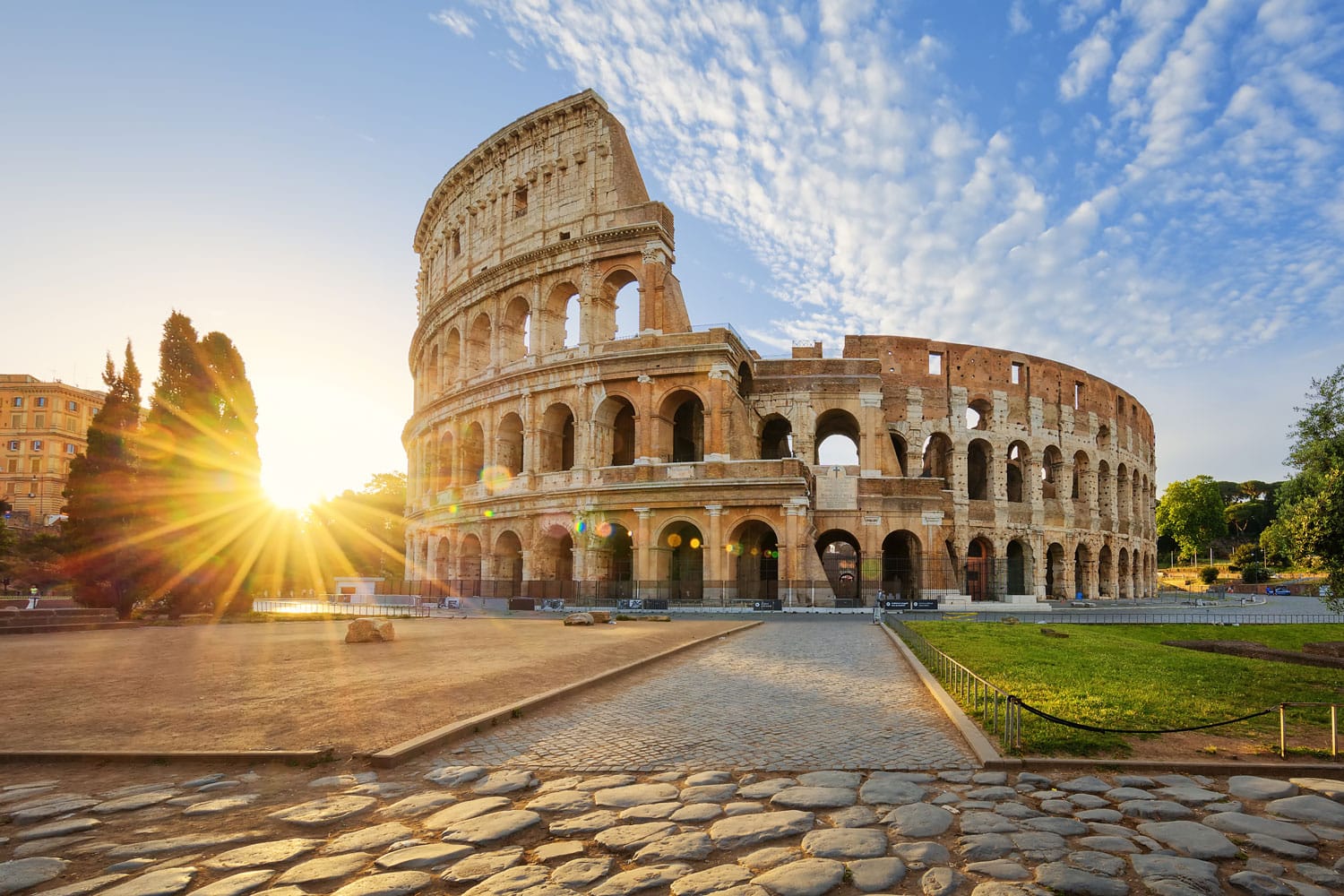
Roman Forum and Palatine Hill
Right next to the Colosseum, you’ll find the site of the Roman Forum, which will show you the scope and scale of the ancient Roman world. Once the center of public life in Rome, the Roman Forum hosted all sorts of landmarks, including temples, government buildings, and victory arches. Follow the roads inside to get the best sense of life in ancient Rome. It’s sad to think that this area was slowly covered over through the ages before its excavation in the 20th century.
Entry to the Roman Forum is included in the combined ticket to the Colosseum, which also covers the Palatine Hill. According to legend, Romulus and Remus founded the city of Rome on this hill. While not as well known as the Colosseum or Roman Forum, it’s an important site with plenty of ruins and views to enjoy.
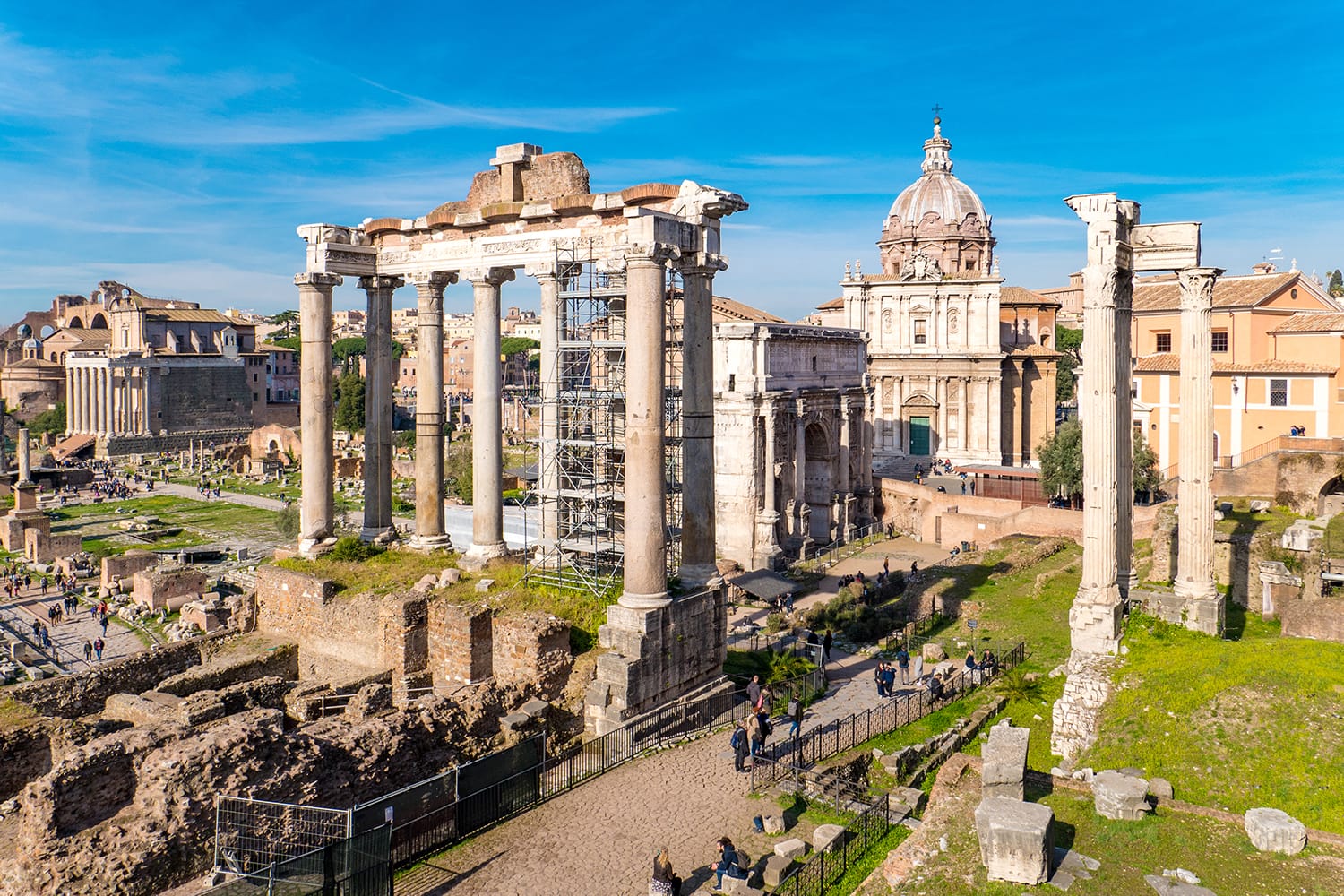
Circus Maximus
Now that you’ve seen where the gladiators fought, it’s time to move on to the Romans’ love of chariot races. On the Roman Forum’s far side from the Colosseum, you’ll find Circus Maximus, the remains of a stadium that hosted chariot races with hundreds of thousands of spectators. It’s now a public park, so you can walk through it, spy a few stone remnants, and let your imagination run wild.
Theatre of Marcellus
Passing the structures in the Forum Boarium, you’ll soon find yourself up by the Theatre of Marcellus. Whereas the larger Colosseum was used for many events, including gladiator fights, this ancient open-air theater focused on artistic performances with song and dance.
Of course, any theater in Rome will have you drawing immediate comparisons to the Colosseum. Thankfully, the two are really different sights, mainly because the top part of the Theatre of Marcellus was rebuilt in the Middle Ages to reflect the style of the time. In fact, the upper levels are apartments, and people have lived above the ruins for centuries.
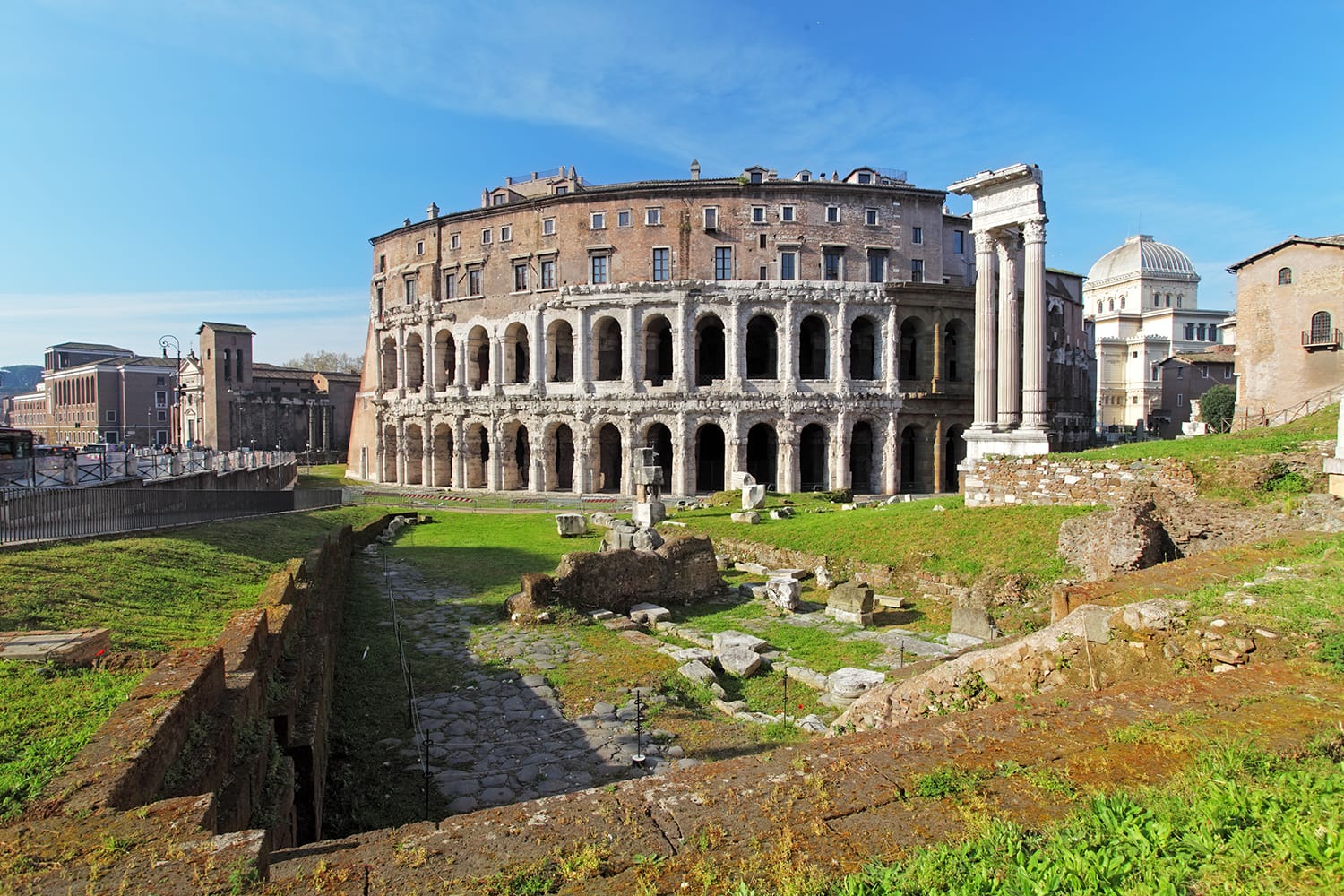
Portico of Octavia
Just off to the side of the Theatre of Marcellus lies another curious ruin, the Portico of Octavia. This historic structure once covered temples dedicated to Jupiter and Juno, as well as a library. Repurposed the way many ancient sites were, it became a medieval fish market within the Roman Ghetto, where the city’s Jewish population resided at the time.
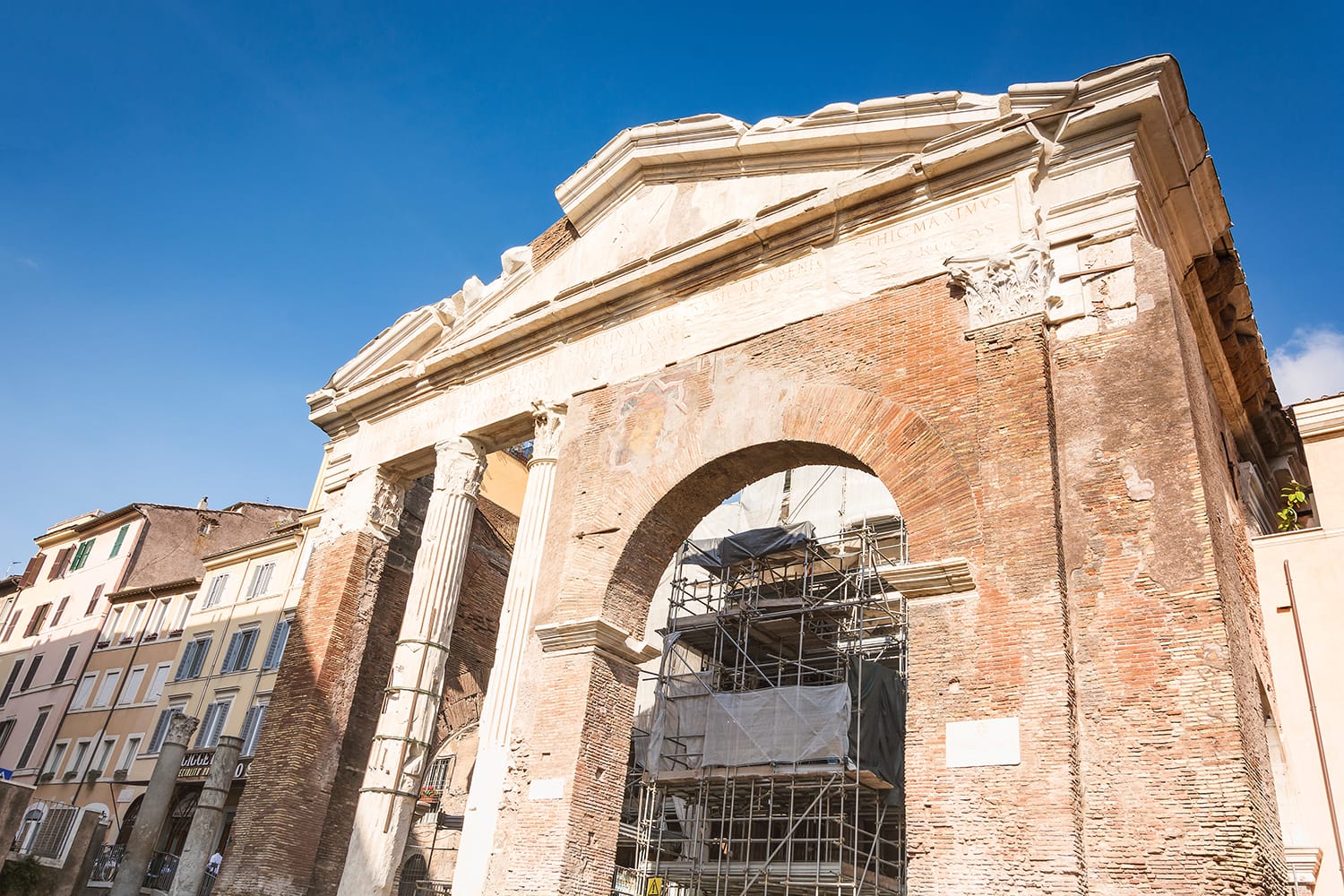
Victor Emmanuel II National Monument
Heading back to where you started the day, find your way to Piazza Venezia. This wide plaza is surrounded by grand historic buildings, including a few palaces, but none quite as eye-catching as the Altare della Patria (Altar of the Fatherland). Also known as the Victor Emmanuel II National Monument, this huge building was dedicated to the first king of Italy, and it makes quite a statement.
A symbol of the Italian nation, the Altare della Patria serves many purposes. It houses the Tomb of the Unknown Soldier, a memorial to those who died serving in World War I, as well as the National Museum of the Italian Risorgimento, which delves into the unification of Italy. Up by the giant chariot statues on the roof is a panoramic terrace, which is accessible by elevator and provides city views that stretch all the way to the Colosseum.
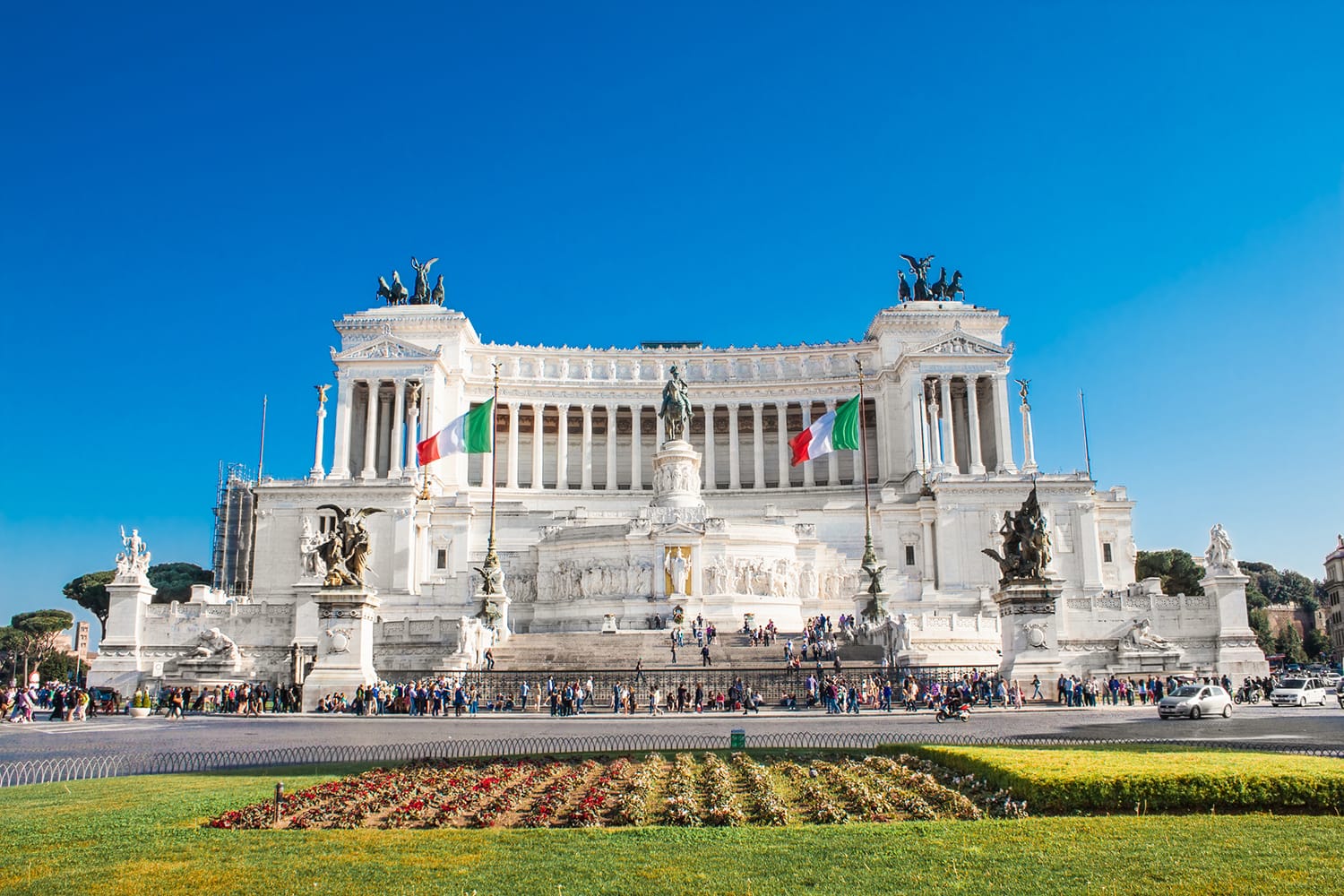
Campidoglio and Terrazza Caffarelli
Behind the Altare della Patria, you’ll find the hilltop Piazza del Campidoglio. This square is surrounded by beautiful Renaissance buildings and a grand staircase. (It’s also home to the Capitoline Museums, which you’ll visit later in the trip!)
One of Rome’s nicest places to watch the sunset is the Terrazza Caffarelli. Follow Campidoglio’s southernmost path to a wonderful viewpoint for the Roman Forum, then loop around to the terrace of the Caffarelli Palace. From this quiet spot, you get a beautiful view over the rooftops as the buildings change color in the late afternoon light. This is the perfect place to reflect upon everything you’ve seen on your first day in Rome.
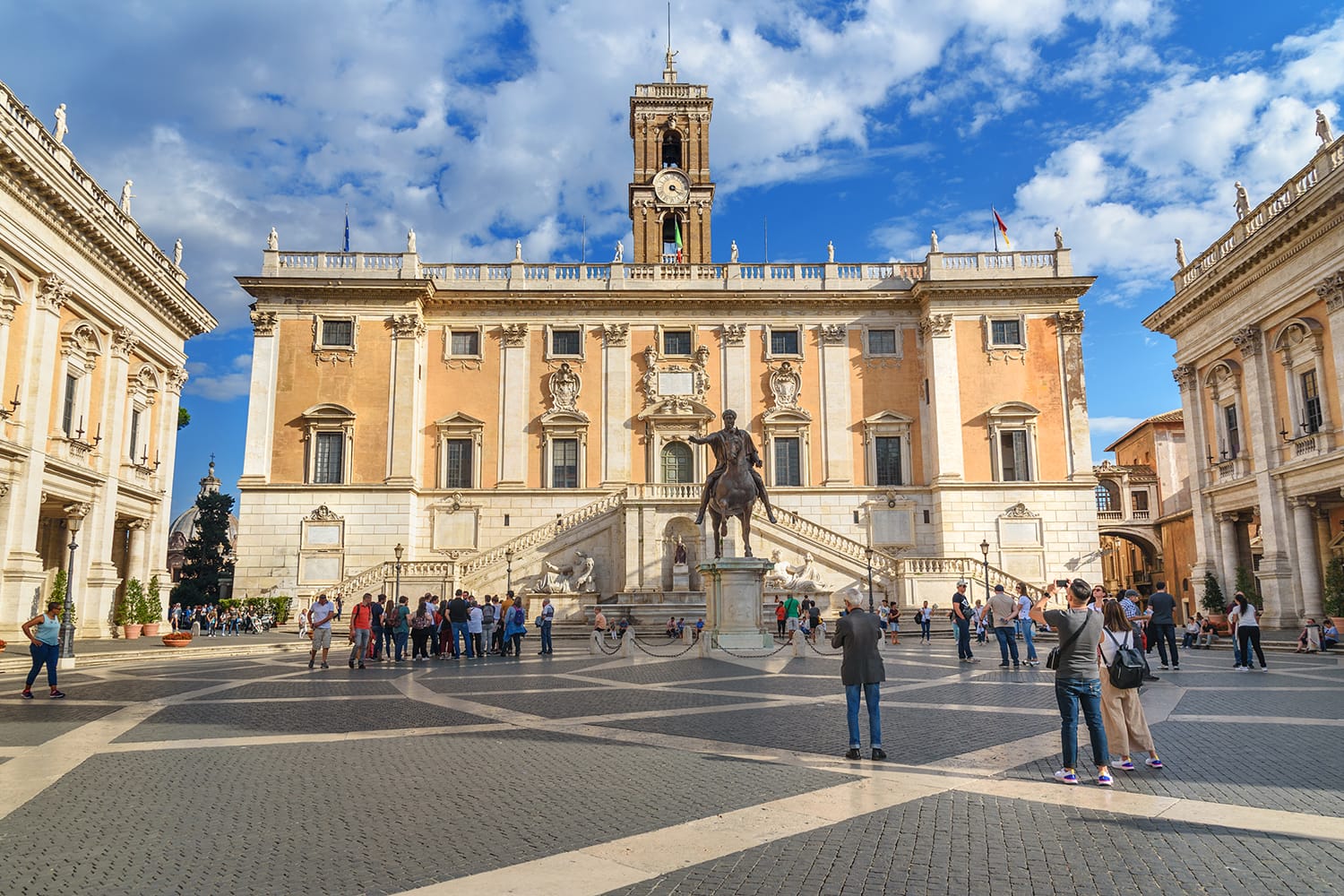
Rome Itinerary: Day 2
On your second day in Rome, you’ll take in the sights of Vatican City. Next, it’s back to the city center to visit some of the great landmarks that you didn’t visit on your first day exploring the best of Rome. Don’t worry if it gets dark before you finish, because these spots are all equally magical at night!
Vatican City
Of Rome’s many interesting facts, one of the most fascinating is that it’s home to both a world religion and a small country! We’re talking, of course, about Vatican City, an independent nation-state that hosts the Catholic Church headquarters and the pope. Even if faith, novelty, or basic curiosity don’t draw you there, you should visit for its astounding attractions.
Your visit starts in St. Peter’s Square, a huge plaza surrounded by columns. This is where you’ll line up for Vatican City’s two major attractions, St. Peter’s Basilica and the Vatican Museums. The basilica has a beautifully ornate interior and is free to visit, while the Vatican Museums display a vast art collection that will eventually lead you to the world-famous Sistine Chapel, where you’ll see the ceiling that Michelangelo painted.
Related: How to Buy Tickets to the Vatican Museums and Sistine Chapel
If you want to visit both, go to the Vatican Museums first, as you can then go across to the basilica without waiting in line again. Depending on the lines and how much of the Vatican you want to see, you could be there all morning or even well into the day. Take that timing into account when deciding how many of the following attractions to see on your second day in Rome. It also helps to book your tickets in advance, which lets you skip the line and get right to sightseeing.
Recommendation: This is another part of the itinerary where it’s best to book a guided tour. This three-hour tour will take you to the major attractions as well as some lesser-known spots. With the knowledgeable guide’s help, you’ll receive a broad understanding of the remarkable history, architecture, and politics of the Vatican.
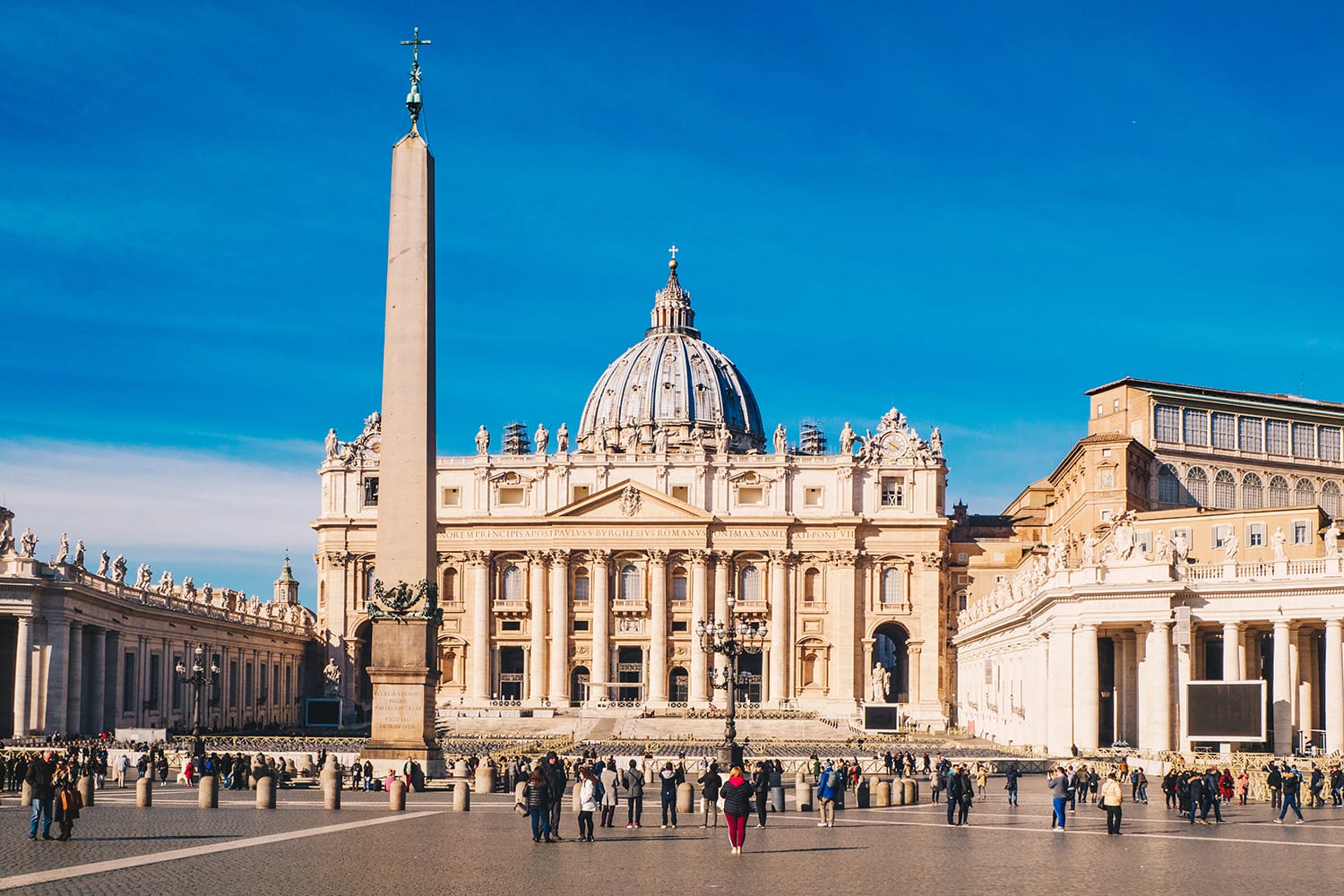
Castel Sant’Angelo
As one of the more striking landmarks along the banks of the Tiber, the Castel Sant’Angelo isn’t quite what you’d expect at first glance. As you cross the bridge lined with angelic statues, you’ll notice the building looks like a fortified Renaissance castle. However, it actually started out as a mausoleum for the Roman Emperor Hadrian in 139 A.D.
Beyond appreciating the view of the castle from the bridge, you can visit its interior and see rooms where popes have stayed while using it as a refuge. There’s also a rooftop panoramic terrace, which is best experienced from the outside (depending on how you’re doing on time).
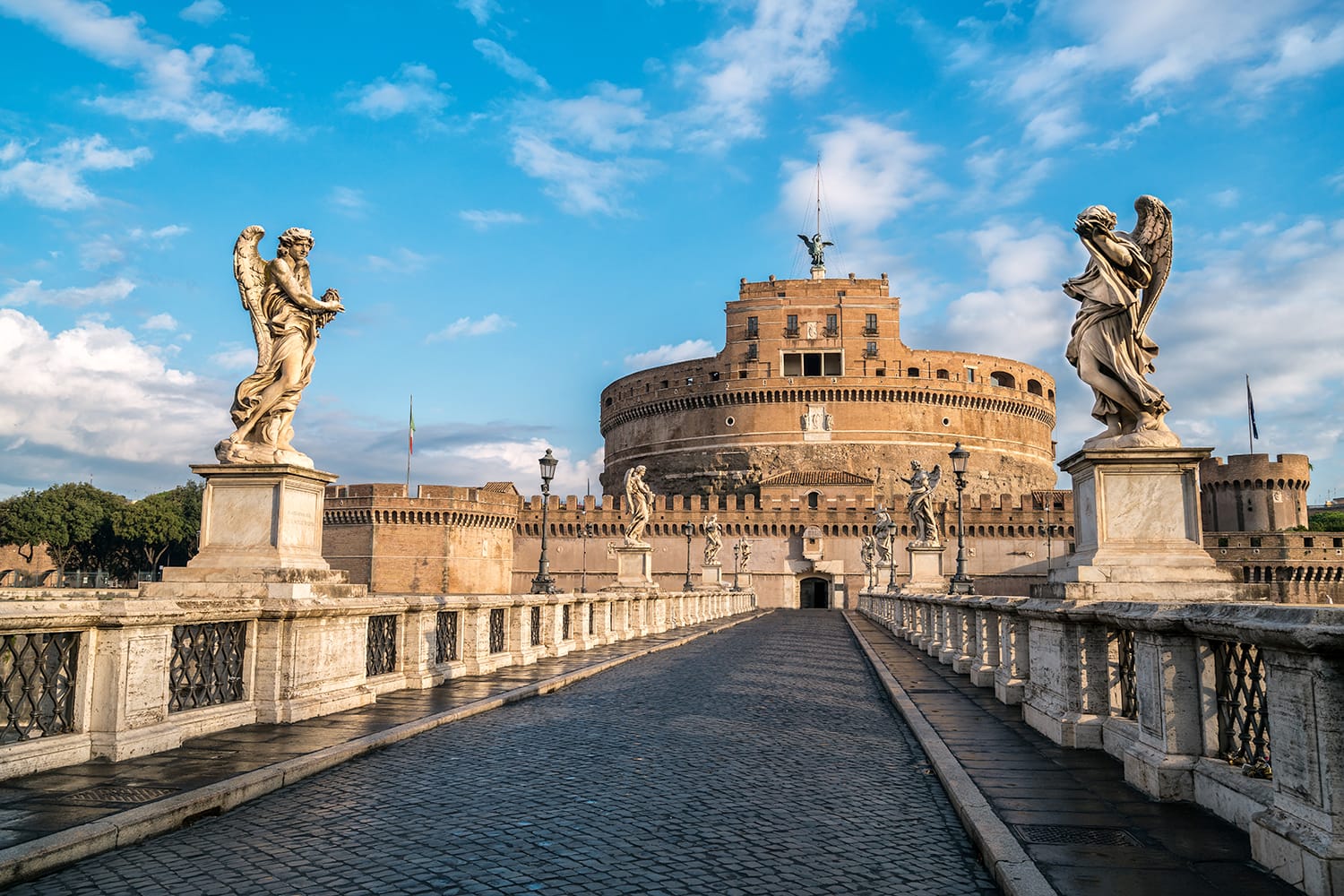
Spanish Steps
It’s time to explore the neighborhood of Trevi across town, starting with the popular Spanish Steps. This elegant staircase leads down from the Trinità dei Monti church to a fountain in the Piazza di Spagna (Spanish Square). With the graceful design of the staircase and the surrounding architecture, this square offers elements of all the ancient monuments around the city. Because of how scenic it is, it’s become a lively meeting place for locals, as well as a popular tourist spot for those who saw it in the Audrey Hepburn film Roman Holiday.
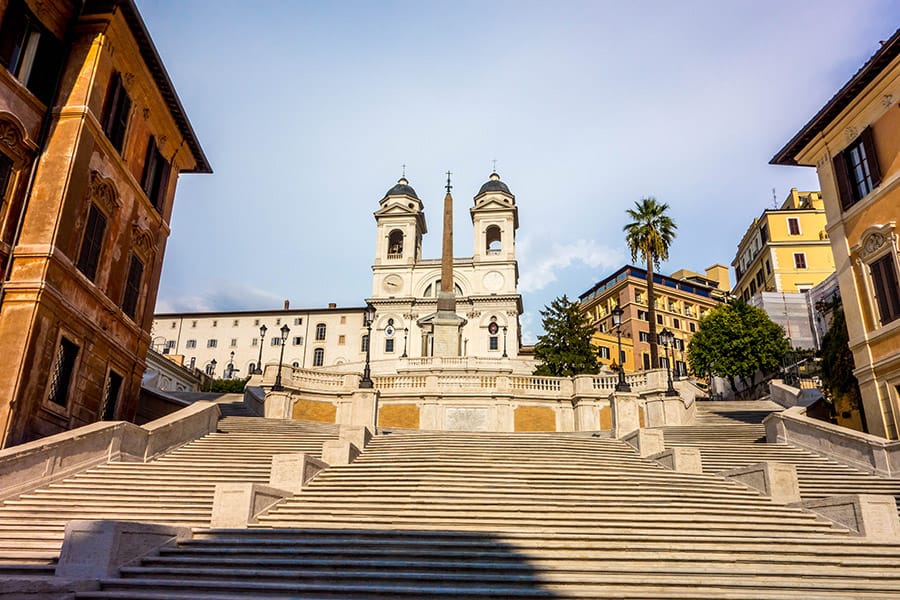
Trevi Fountain
Making your way deeper into the city center, you’ll come across the Trevi Fountain, another classic Roman sight. No matter when you choose to visit the fountain, it’ll be packed with visitors admiring its grandiose design and throwing in coins.
This elegantly expressive fountain’s current form dates back to 1762, though it’s been the site of a spring since ancient Roman times. Legend says that if you throw in a coin with your right hand over your left shoulder, you’ll return to Rome one day.
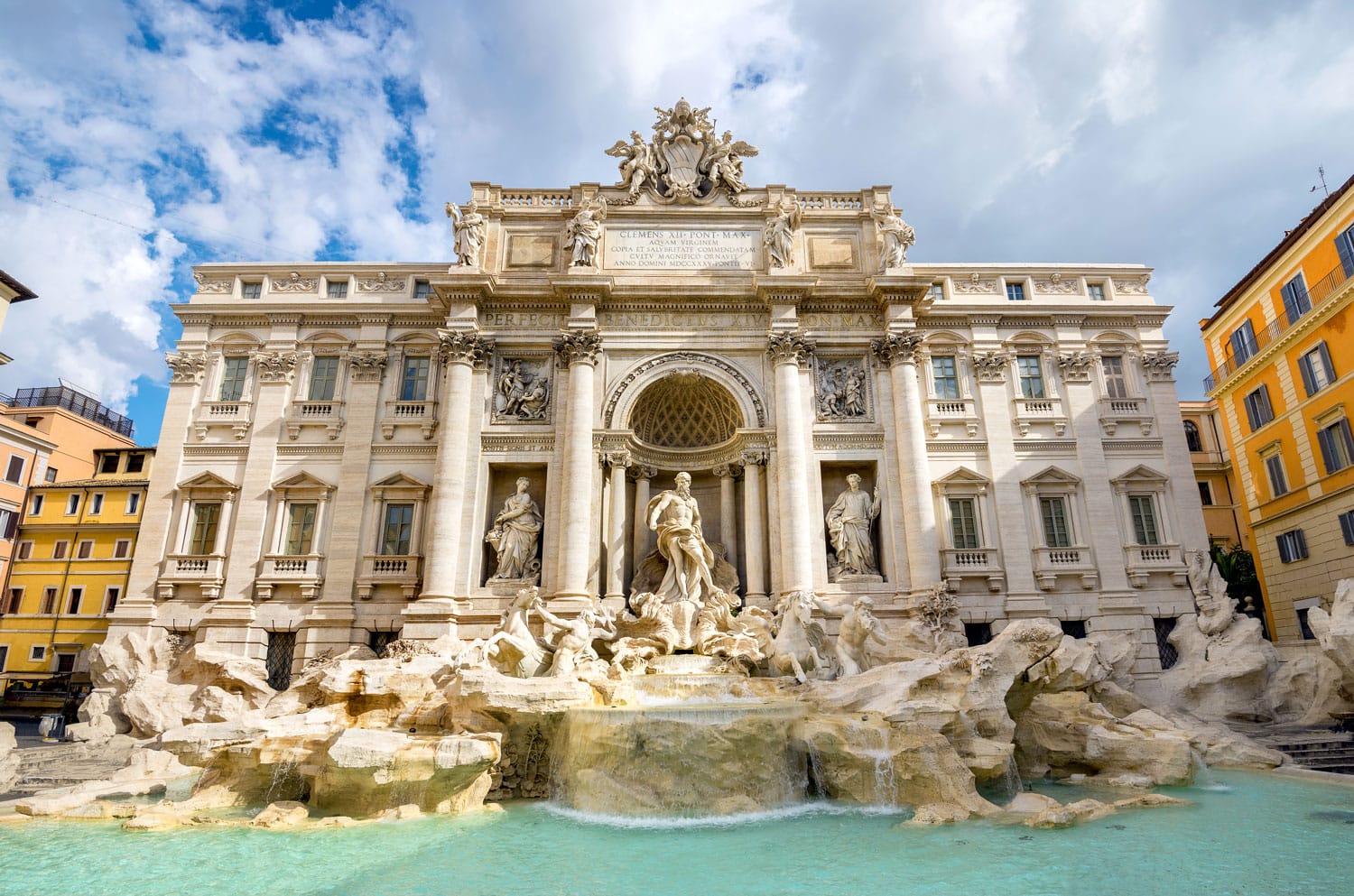
Pantheon
As you wander farther through the maze of streets in the middle of Rome, it’s time for another iconic treasure: the Pantheon. Though now a Catholic church, the Pantheon was once a temple dedicated to the Roman gods, which was finished around 125 A.D. Because the building has always been a house of worship, it’s one of Rome’s best-preserved ancient landmarks.
With its large portico and columns, the facade is mighty impressive, but the real treat is inside. It’s here that you’ll see the incredible domed ceiling with a skylight hole in the center – the largest unsupported dome in the world. It’s especially beautiful when illuminated against the night sky.

Piazza Navona
A short walk from the Pantheon brings you to the last stop of the day, Piazza Navona. This elongated plaza owes its shape to the ancient stadium that once stood there. Its incredible history doesn’t end there, though: For 200 years (from the 17th to 19th century), the square was completely flooded every weekend in August as part of a festive celebration. It’s hard to imagine the city pulling that off nowadays, let alone back then! The square is now known for its three elegant fountains and the bars, restaurants, and cafes that surround them.
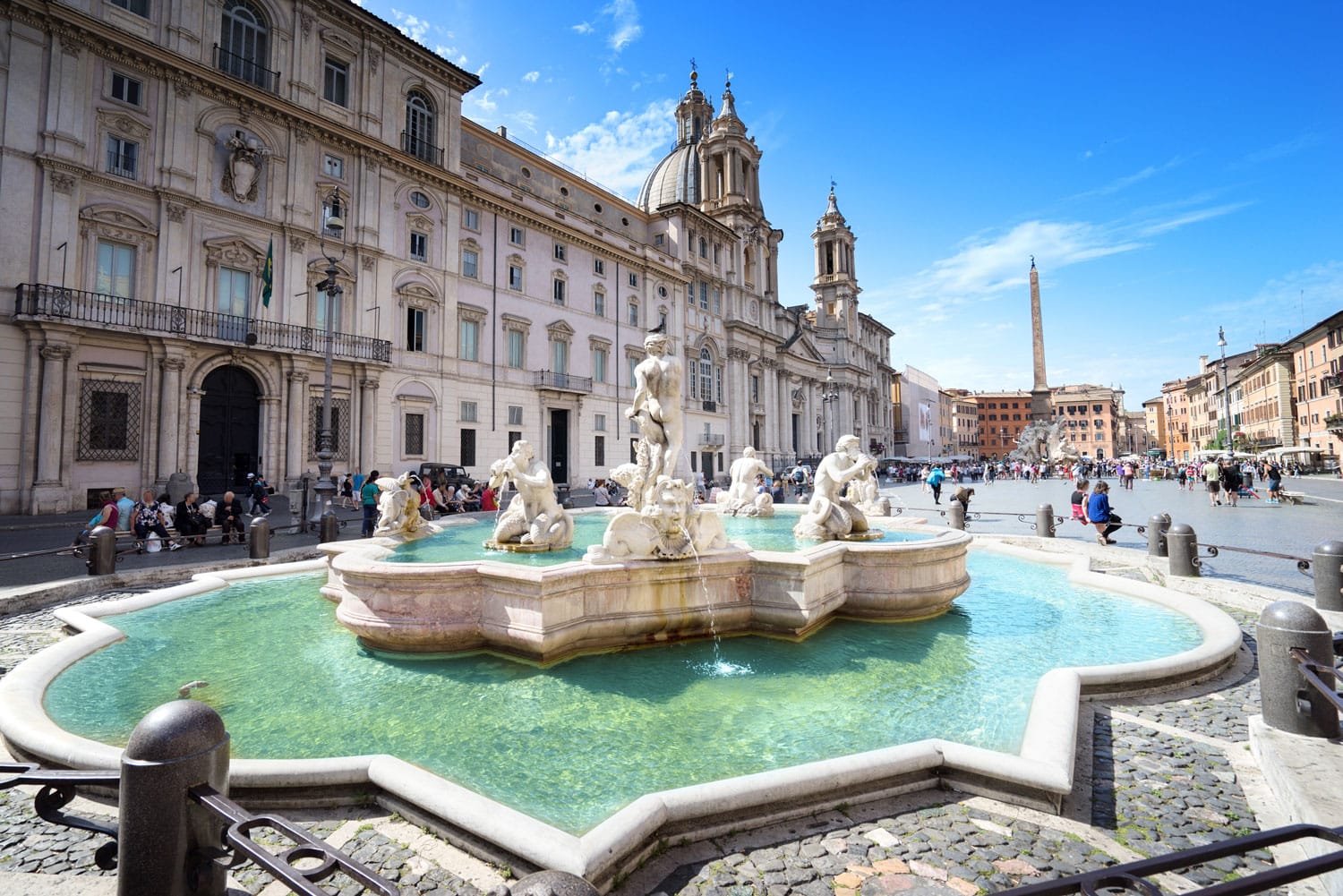
Rome Itinerary: Day 3
Up to this point, we’ve mostly explored the central parts of the city along one side of the Tiber. Today’s plan balances that out by heading along and across the mighty river.
Capitoline Museums
Return to Campidoglio for more culture and art at the Capitoline Museums, which you’ll find inside adjoining palaces. Despite its name, this is only one museum – most likely the oldest public museum in the world. It certainly has enough exhibits for multiple museums, though, including archaeological displays and art by the likes of Caravaggio and Rubens. This is another place that tends to have quite a line, so again, it pays to book in advance.
Largo di Torre Argentina
You’ve probably heard the story of Julius Caesar’s assassination, but now you can visit the place where it happened. A few blocks from Campidoglio, the Largo di Torre Argentina is a sunken square of open-air ruins surrounded by seemingly normal city buildings. This is where a group of senators stabbed Caesar to death in 44 B.C.
Walking around the edge of this archaeological site, you can see what remains of buildings that survived the last 2,000 years. It also puts into perspective just how much Rome has been built up over the millennia, the ruins being well below street level.
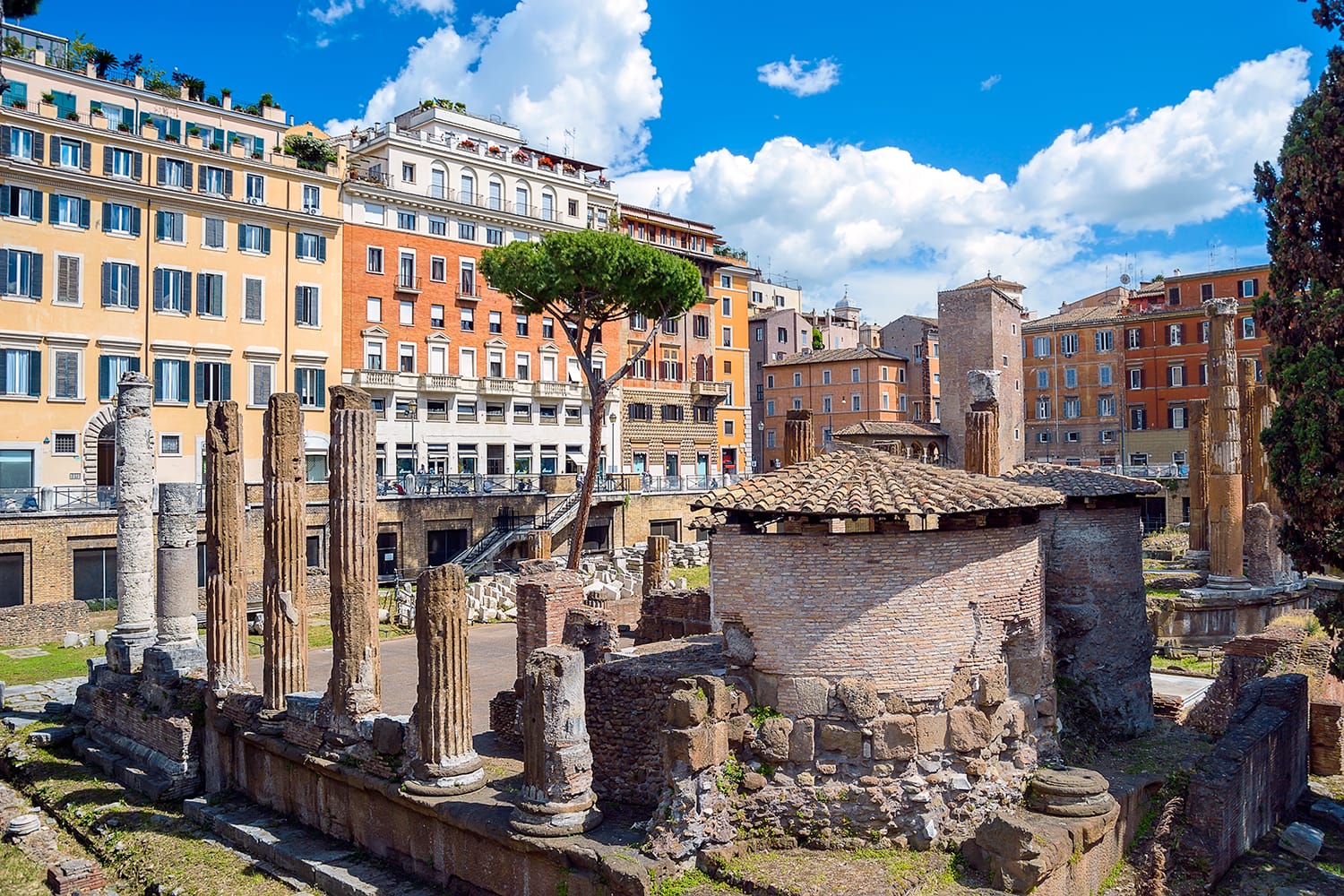
Tiber Island
For as long as Rome has been a globally important city, the Tiber has been vital to its survival. Weaving its way through Rome, this river is quite scenic, especially as you reach the historic Tiber Island. As the only island along the stretch of river that flows through the city, Tiber Island is not only historic, but also a lovely little place to relax for a bit.
To get to the island, you’ll cross Ponte Fabricio, Rome’s oldest bridge, amazingly still standing 2,000 years after it was built. In ancient times, the island was home to a temple for the Roman god of healing, but you’ll now find the medieval Fatebenefratelli Hospital there, along with several churches. Make sure to visit the southern tip to see remains of other ancient bridges.
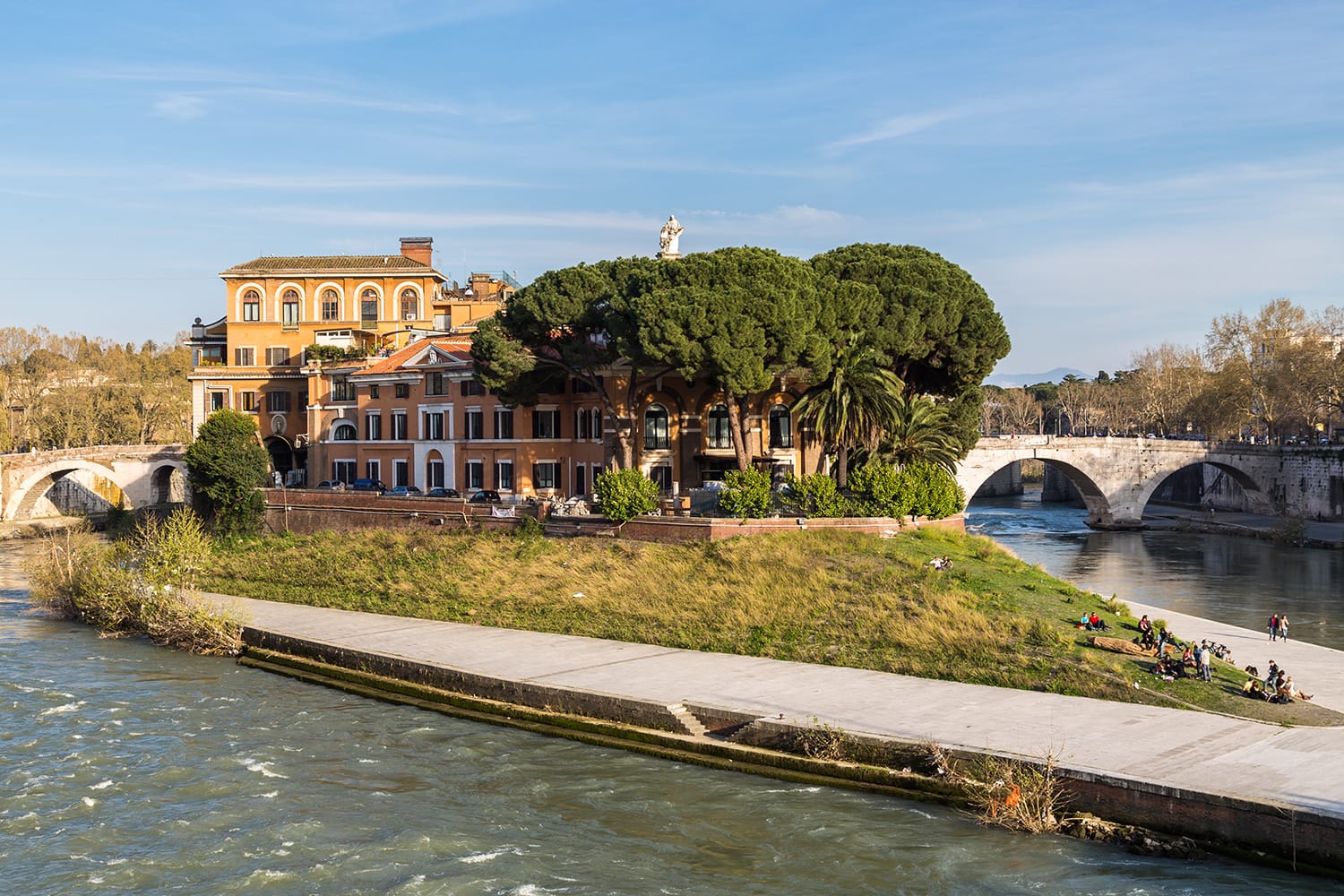
Piazza del Popolo
Your last big square to visit is Piazza del Popolo, a popular meeting place at the north end of the city center. Once the main city entrance for the ancient Romans, the square has a number of interesting landmarks in and around it.
For starters, there’s the ancient Egyptian obelisk standing proudly in the center. Then there’s the multiple churches around the square, particularly the Santa Maria del Popolo, which houses two artworks by Caravaggio. Last but not least is the Terrazza del Pincio, a collection of terraces that offer increasingly marvelous views of the square below.
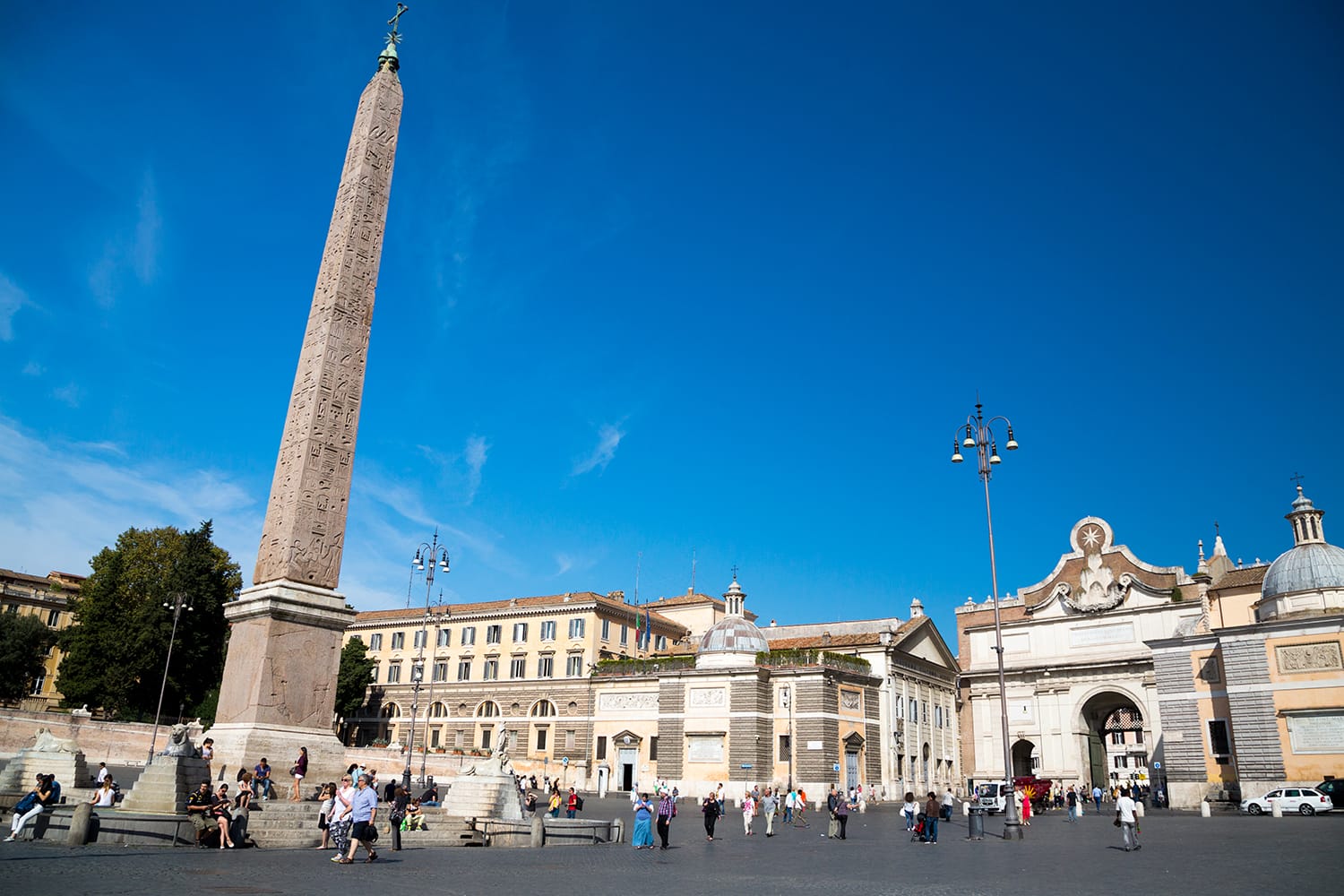
Villa Borghese
Continuing up the Terrazza del Pincio, you’ll eventually find yourself within the sprawling park of Villa Borghese, whose hilltop gardens were created in the English style during the 17th century. You can stroll around this huge green space to admire the beautiful gardens and sights, such as the small lake and the re-creation of the Temple of Aesculapius.
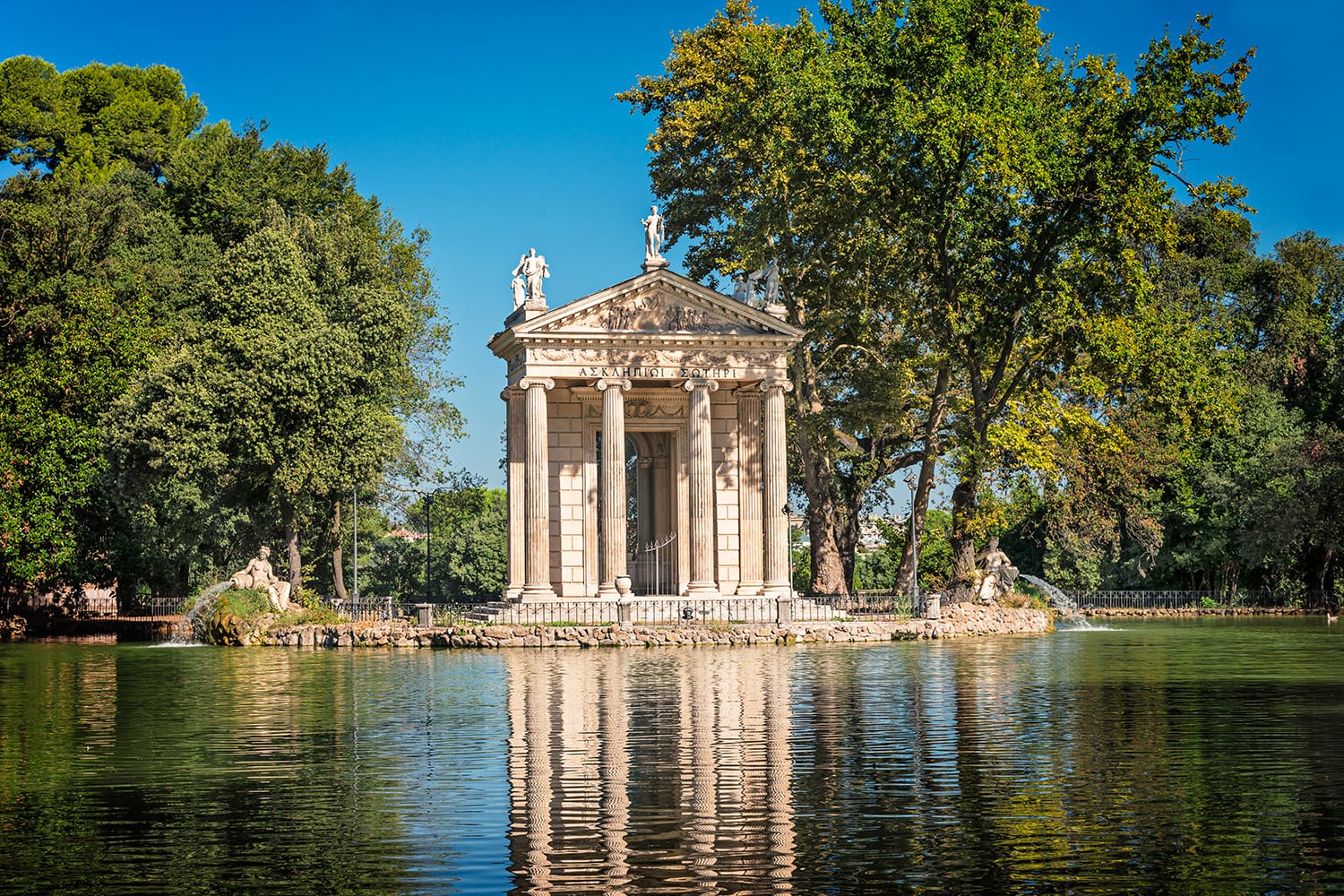
Borghese Gallery
In the eastern corner of the park, you’ll find the actual Borghese family villa, now the Borghese Gallery. Inside are 20 rooms exhibiting works of art from the Borghese family collection, including paintings and sculptures by Caravaggio and Bernini along with ancient mosaics. Of course, the villa itself is also beautiful, with frescoes adorning the walls and ceilings of many rooms.
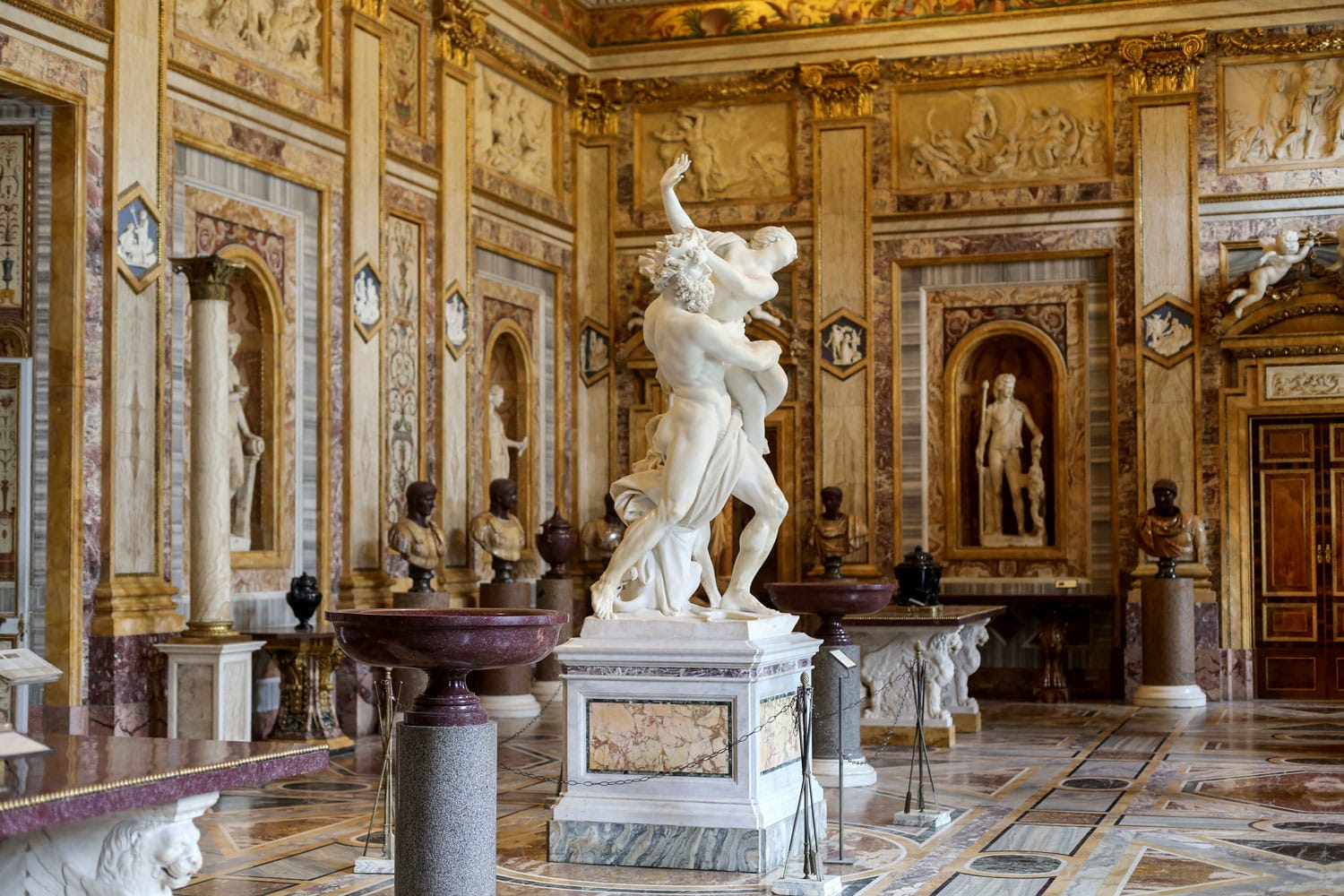
It should now be perfectly clear just how much you can see and do with three days in Rome. There’s a reason that this has long been one of Europe’s most popular and cherished tourist destinations, as you’ll soon see for yourself!
If you have more than three days in Rome, consider adding a day trip to your itinerary. You have your choice of many many day trips from Rome, such as Tivoli and Assisi.
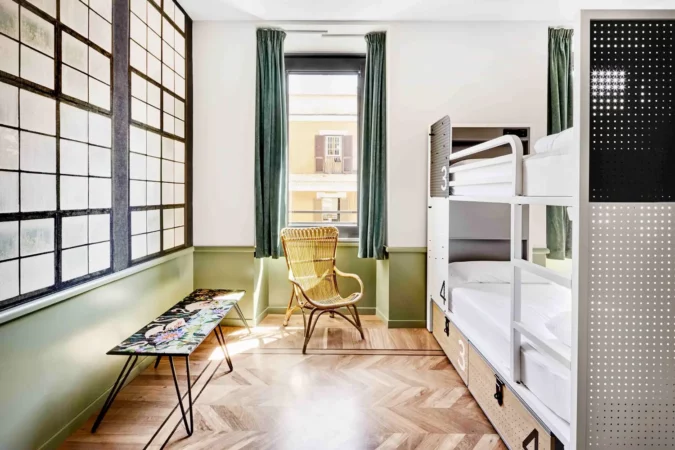
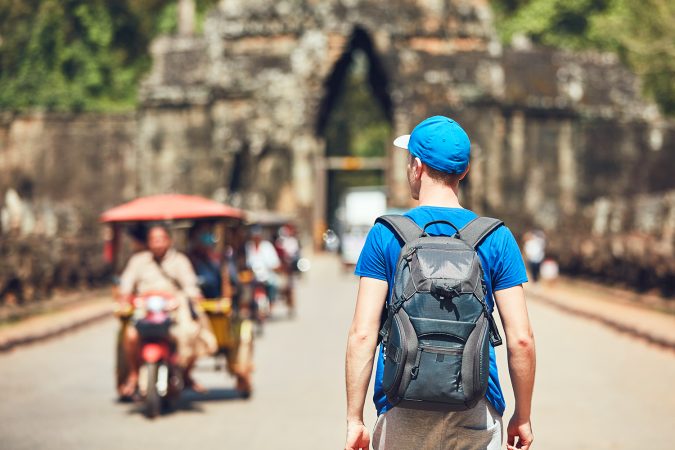

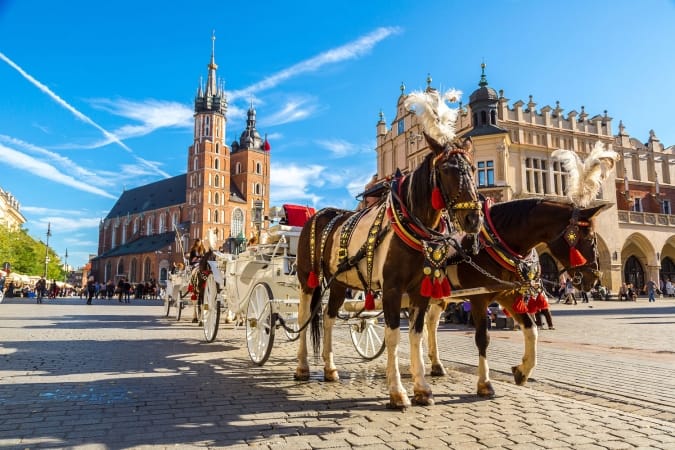
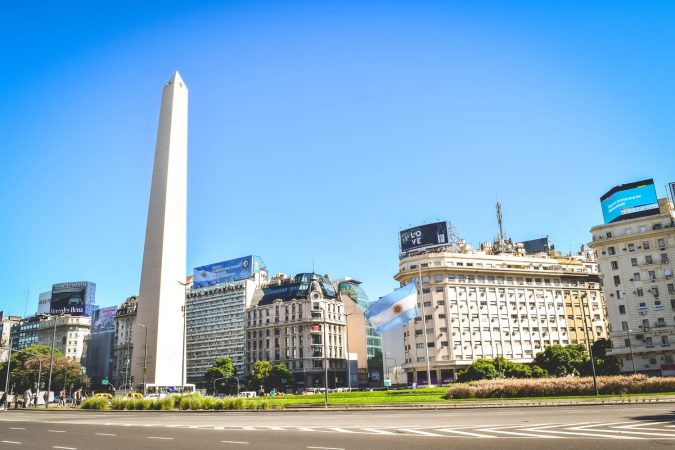
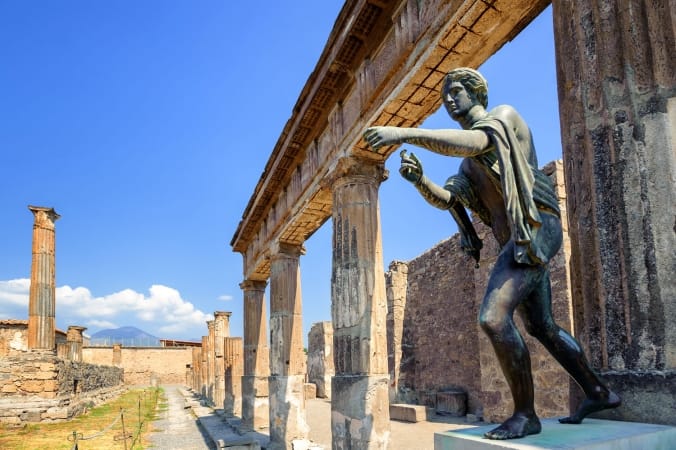

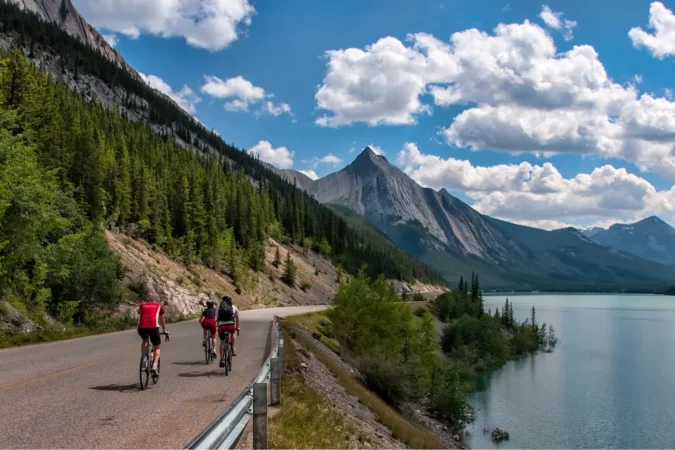
Comments